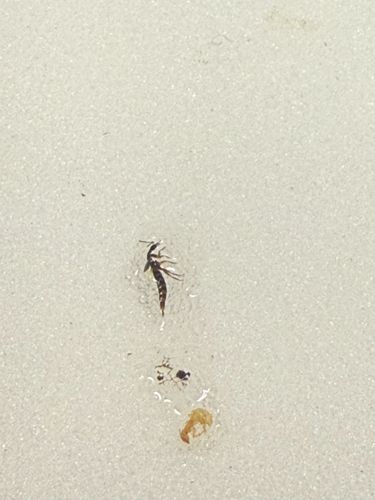Thrips
Scientific Name: Thysanoptera
Order & Family: Order: Thysanoptera, Family: Varies (e.g., Thripidae, Phlaeothripidae)
Size: Typically 0.5 to 5 mm in length, often appearing as tiny, slender insects.

Natural Habitat
Found on a wide variety of plants, including flowers, leaves, and fruits, both indoors and outdoors. Some species can also be found in soil.
Diet & Feeding
Most thrips feed on plant sap by piercing plant cells and sucking out their contents. Some species are predatory on other small arthropods, and a few are fungivores.
Behavior Patterns
Thrips are known for their rapid reproduction, often completing multiple generations in a single growing season. They can fly but are often dispersed by wind. They tend to hide in sheltered parts of plants, such as within flower buds or in crevices. Many species exhibit sexual reproduction, but parthenogenesis (reproduction without fertilization) is also common.
Risks & Benefits
Risks: Many species of thrips are significant agricultural pests, causing damage to crops by feeding (leading to silvery or scarred areas, distorted growth) and by transmitting plant viruses. Benefits: Some predatory thrips species are beneficial as biological control agents, feeding on other pest mites and insects.
Identified on: 10/3/2025